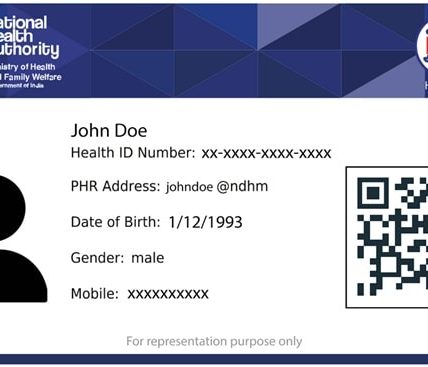Term insurance is an essential element of financial planning, providing your loved ones with a security net should something happen to you unexpectedly. With so many policies available and so much decision-making potential at play, selecting an appropriate policy may seem like an intimidating task. Here are seven tips to help you make an informed decision about choosing a term insurance that ties in with your goals while giving you peace of mind.
1. Determine Your Coverage Needs
Step one in selecting a term insurance policy should be assessing your financial obligations and those of your dependents. Consider factors like income, debts, future educational costs for children, and any other financial obligations foreseeable in your budget. As a general guideline, coverage levels of 10-15 times annual income are recommended, but this can differ based on individual circumstances.
2. Evaluate Policy Length
The duration of term insurance should correspond with your primary financial responsibilities. For example, if you’re a young parent looking for coverage until your children reach financial independence, you will want one with at least this duration. Similarly, if you have a 30-year mortgage policy, you will want one with at least this duration. Choose a term length that ensures you remain protected during these financially vulnerable years.
3. Compare Premiums
Premium amounts may differ significantly between insurance carriers for similar coverage amounts and terms, so use online comparison tools to gather quotes from multiple insurers and thoroughly evaluate them before choosing. Carefully consider reputation, claim settlement ratio, and customer service experience before settling on one option.
4. Evaluate Claim Settlement Ratio
Opting for an insurer with a strong claim settlement ratio indicates its reliability in handling most claims submitted, so your beneficiaries experience minimal hassle during the claims process.
5. Understand Your Policy
Policy documents can be complex, but it’s essential to read them closely to fully comprehend their terms and conditions. Pay special attention to clauses related to exclusions, waiting periods, and riders—knowing this can prevent unnecessary surprises for your policy’s beneficiaries.
6. Consider Riders as Extra Protection Options
Riders are additional benefits that can be added to your term insurance policy for extra protection in specific instances. Critical illness coverage, accidental death coverage, and premium waivers may increase premium costs but provide comprehensive protection beyond essential death benefits.
7. Monitor and Update Regularly
Your insurance needs will evolve with your financial circumstances over time, so regularly review your policy to consider increasing or decreasing coverage as necessary based on new responsibilities such as purchasing a house or having another child. Conversely, as those responsibilities decrease, you may reduce coverage to save premium costs.
Conclusion
Selecting the proper term insurance policy requires careful thought. By carefully considering your coverage needs, premiums, insurer claim settlement ratio, policy terms, and possibly additional riders and regularly reviewing them, you can ensure that you and your loved ones are adequately protected. Remember, term insurance provides more than financial security; it gives peace of mind.















